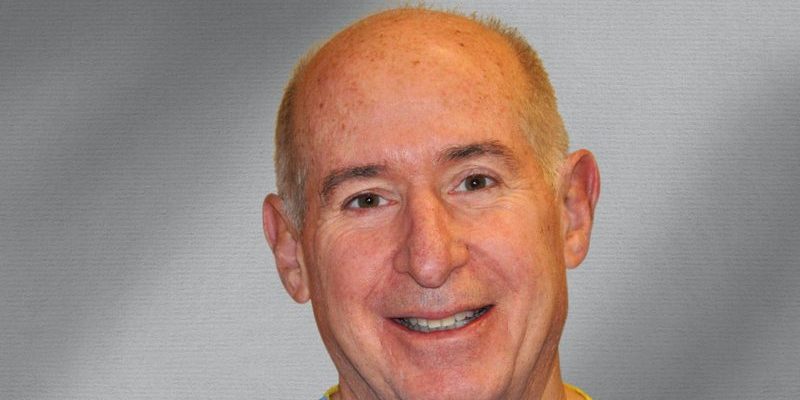I have known Dr. Jim Donahue since 2016 when he joined VisionTech Angels as an investor through AngelBOM, a chapter made up entirely of physicians. He is one of our more active members, often joining us for our “Breakfast with Ben” gatherings despite his busy schedule as a fertility specialist. I was a little surprised to learn that he was pivoting his career from helping human parents conceive to helping farmers and ranchers with cow reproduction with a startup called ReproHealth Technologies. Intrigued, I invited Jim to present to VisionTech’s Screening Committee. We were impressed by ReproHealth’s device and the potential to dramatically change this important part of agriculture with technology and invited him to present at our special March Virtual Pitch Events. Here’s a sneak preview.
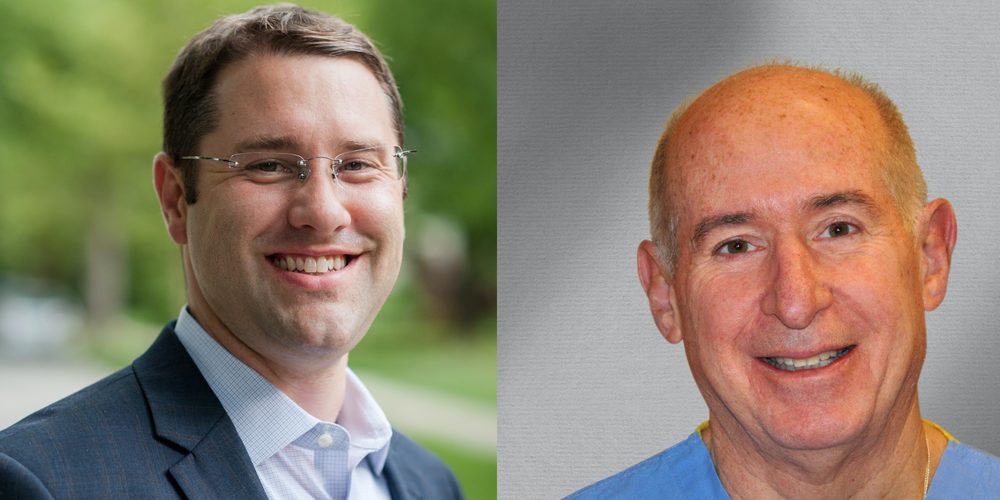
BP: You’ve been an investor with VisionTech Angels? For six years. Did you ever see yourself pitching to the group?
JD: I had no idea! It is exciting being part of such a great group of docs and investors. That said, I’ve always been an innovator. Our medical practice did the first ever blastocyst embryo transfer in 1998, the first GIFT procedure at a Catholic hospital, and most recently, the first successful pregnancy with an intravaginal embryo culture device in 2018. ReproHealth was the next step.
BP: You’re a fertility specialist for people. How did you get into the cattle reproduction business?
JD: It’s kind of amazing on a number of levels. First, I’m a city boy from Miami. What do I know about cows? But here’s a little-known fact. Human in vitro fertilization (IVF) began with cattle. Dr. Bob Edwards did the first successful human IVF with the birth of Louise Brown in 1978, later winning the Nobel Prize for this breakthrough. I did my master’s degree in Human Embryology at the University of Leeds 20 years ago. Dr. Edwards trained the people who trained me. He said to me one time that since it worked in cows, he knew it would work in humans. It finally worked on the 101st attempt!
Fast forward to 2017, my medical practice team did the first human intravaginal embryo culture procedure in Indiana using an outdated FDA approved device. The patient got pregnant with twins and the embryos were of exceptional quality. We explored the market and we discovered that bovine IVF does not work well. I knew that we could create a better, more effective device that would solve a technical problem. In talking with farmers, they understand what we’re doing and want to try what is now known as the Embvita device. This led to the formation of ReproHealth Technologies.I have met a lot of farmers who seem to want to try the device. Seeing the problem, identifying a solution, and getting early market validation led to the formation of ReproHealth Technologies.
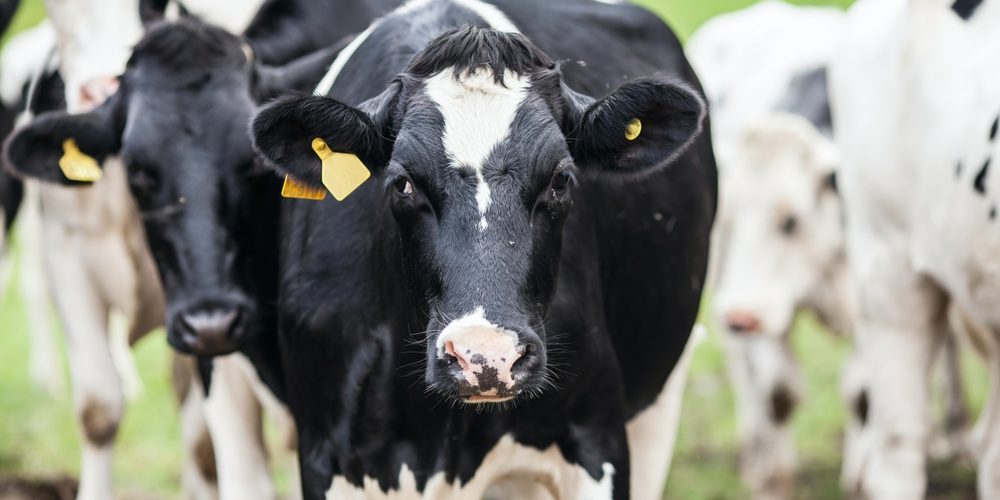
BP: What pain points did you see in the cattle business?
JD: In modern agriculture where farmers are breeding for very specific traits like milk production or more heavily muscled animals, cows are often impregnated with artificial insemination, embryo transfer or IVF. While IVF has overtaken embryo transfer as the preferred method, results are disappointing due to the fact that embryos do not grow well in lab incubators. Also, the eggs are typically collected at sites far removed from the farm and shipped to regional IVF labs for insemination and embryo culture. By the time the eggs make it to the lab, they’re old and less than ideal. Typically, of the 17 or so eggs collected, only 25% are fertilized and suitable for implanting in a cow. It’s not very efficient or effective.
Our device, which is implanted in the cow vagina, is essentially a culture chamber, doing the same job as a lab incubator. It brings together the eggs and sperm in a more natural environment. This results in twice as many fertilized eggs that mature into healthy, transplantable embryos. Another advantage is the procedure is done at the farm rather than at a far-off lab. Farmers immediately see that it’s less complicated and results in more calves from their prized dairy or beef cow.
BP: What makes the Embvita device a must have among cattle producers?
JD: We recently met with a major U.S. dairy producer. Although they had never seen a company like ours before, they recognized our technology has the potential to completely change how they replace their cattle. They also invited us to come back and work with them for four weeks as part of their accelerator program. Although we’re not a must have yet, it’s impressive when a potential customer that produces over 20% of dairy in the U.S. pays you $10,000 just to travel to their headquarters and work with them.
BP: The typical dairy or beef cow produces one calf a year. With the Embvita device, you can produce as many as eight embryos from one cow in a single season. In effect, you’re turning cows into super producers.
JD:Amazing, isn’t it? But it’s not just about the volume of embryos.Our goal is to help farmers optimize the genetic traits that lead to dairy cows that produce more milk and beef cattle that are better meat producers. So yes, with the help of the Embvita device, cows with highly desirable traits have the potential to exponentially produce more high-quality offspring. And with cryopreservation, the farmer controls supply and demand in terms of deciding how many of the embryos are immediately implanted in surrogate mother cows and how many are held for a future date. There is huge potential in maximizing the number of offspring of these ideal mama cows.
Additionally, we feel strongly that our technology and requirements to utilize it are simple enough that it can easily be deployed in parts of the world where there is food insecurity and a need to increase their cattle herds. Our technology could help them. Helping other parts of the world is very important to us.
BP: The cattle industry is under fire by some because of their gas production. How do you counter this?
JD: It’s possible that by breeding higher producing cattle with the Embvita device, we will need fewer cattle to produce the same amount of milk or meat. Fewer cows should lessen the greenhouse gas footprint of dairy farms and cattle operations, a plus for the environment .
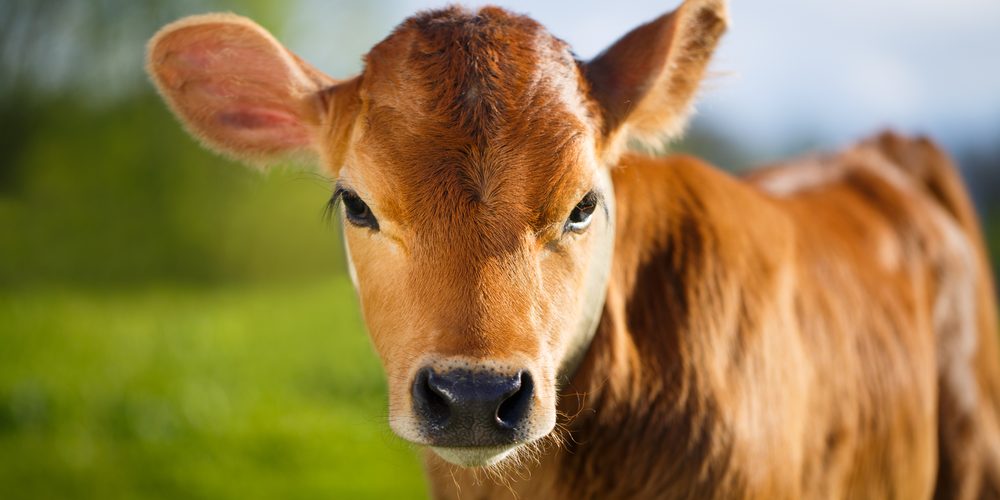
BP: Explain your revenue model.
JD: Our revenue model is pretty simple; it’s based on selling the Embvita device and culture media to veterinarians or larger operations. A typical vet may purchase 600 devices and culture media a year. The device is single use. Depending on how the farmer uses the resulting embryos – either one at a time and freezing the rest or implanting all of the embryos into surrogate cows – we expect repeat sales over the life of the cow.
BP: What is the market size?
JD: There are about 40 million beef and dairy cows in the United States. Each year, some 15% (six million) are replaced using IVF, artificial insemination and embryo transfers. The artificial insemination market is much bigger than the IVF market, but the potential to optimize the number of desired trait offspring may make them switch to our device. A cow naturally produces only one offspring a year. With our device, she could produce many more per year. Capturing the current segment where human intervention is used is a significant opportunity. But looking at the market overall, it has the potential to be much bigger.
BP: What’s your competitive advantage?
JD: We have three main competitive advantages. First, there is little or no transporting of the cows; we bring the lab to the farm. The cows stay at their home farm which reduces stress on the animal and eliminates transportation time and expense. Second, our Embvita device results in two times as many embryos as the competition. From 17 eggs, we typically get eight embryos while the competition gets four. Third, we have incredible expertise on our team. In addition to my background in IVF, my co-founders include a biomedical engineer at Cal-Poly and an embryologist. We also have a partner who is a veterinarian who specializes in cattle.
BP: Do you have IP protection?
JD: We have filed for provisional and utility patents in United States, European Union and Brazil. We have 3D printed a prototype and have testing going on right now.
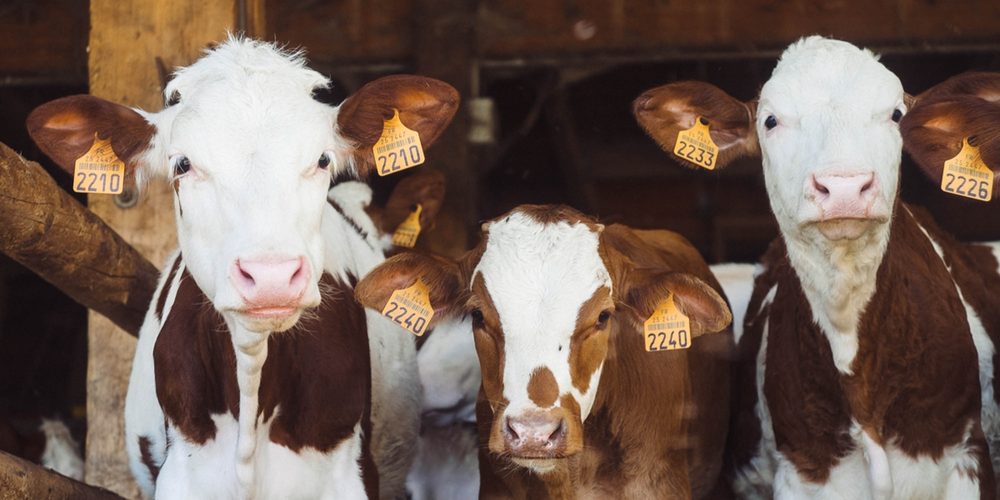
BP: What round is this and how will funds be used?
JD: Up until this time, I have bootstrapped the company on my own. We’ve reached an inflection point where we need more capital to fast track our product development. We also would like to bring additional human capital onboard. So we are raising a $1 million pre-seed round.
BP: What would you say to VisionTech Angels considering an investment in ReproHealth?
JD: I have been a human fertility specialist for 30 years, and now plan to focus 100 percent of my time on ReproHealth. We have a unique opportunity to change entire industries, the dairy and beef industries, through a more modern process that also has the potential to decrease livestock-related greenhouse gas emissions. I’m a city boy raised in Miami, but I’m drawn to agtech, the people and the opportunity. With that being said, investing is a personal decision, and I leave it up to each investor to make his or her own decision about investing in ReproHealth.
To learn more about ReproHealth Technologies, visit their website. VisionTech Angels’ March Pitch Events will be virtual on Thursday, March 24 at Noon ET and at 6 p.m. ET. Pitch events are open to our members and accredited investors interested in joining our group. To register, check your email for an invitation, go to our Events page or email Ben Pidgeon at bpidgeon@visiontech-partners.com.
